The first electronic fuel injection system was invented by Bosch and became commercially available in the 1970s. Before this, mechanical pumps were prone to failure and could leave motorists stranded.
Even though technology has made pumps extremely reliable, they can still go wrong.
Do you know what to do when a problem occurs?
Most fuel pump problems are related to the power connecting them. Read on as we discuss how to check an electric fuel pump.
What Are the Effects of a Bad Fuel Pump?
When electric fuel pumps are not working properly, you will have a lot of issues with your vehicle. It may not start at all in the first instance. Even if it does run, it may not accelerate as you wish and will stall when idle.
At high speeds, the vehicle may begin to sputter or even surge. Temperatures in the engine may begin to rise. Finally, you may notice a decrease in the efficiency of fuel.
Causes of Electrical Fuel Pump Failure
The electrical fuel pumps are more complex than most people would think. The fuse may be blown inside or it may have a bad fuel pump relay. Poor connectors, contaminated sock filters, and plugged fuel filters can also stop it from working efficiently.
How to Test an Electric Fuel Pump
There are a few steps you need to undertake to check the fuel pump.
Make sure you have the right tools and equipment before you begin. You might need everything from a few tools to a new electric fuel pump 12v.
Check the Battery
To operate your fuel pump needs to draw power from the battery. To remove any chance of fault being in the battery itself, make sure it is fully charged. You can then determine if the problem is the pump or its connection.
Batteries that are low on life can also cause cranking in the engine. If it is charged you can determine if this is the source of any noise coming from inside the vehicle.
Check the Fuel Pump Fuse
For this, you will need to get a test light. Make sure it is working correctly before you begin.
Attach the lead end to the negative terminal. Place the tip of the light on the positive and it should illuminate.
You can then begin testing for a blown fuel pump fuse. Open the fuse box and test each fuse individually, replacing bad ones.
Blown fuses can often signify a larger problem. The ground connection could have shorted out or the pump could be drawing too much power.
Pressure Check
Standard fuel pump pressure should be between 50 and 60 psi. When it is too low, the high-pressure fuel needed for combustion is not delivered resulting in failure. Your car owner’s manual should have more specific details on the exact pressure your fuel pump requires.
Locate the fuel injectors in your vehicle. Close to them should be a service cap on the fuel rail. When you remove the cap, it should reveal a valve.
Connect the fuel pressure gauge to the valve. Turn the ignition on and check the fuel pressure. Make sure it is in the range provided in your owner’s manual.
Fuel Related Problems
If you are now almost certain that the fuel pump is the issue, there are a few extra tests you can do. The next part is quite tough so you don’t want to dismantle your car unless you are sure. Start by putting your ear near the fuel tank and turning the ignition to the on position.
If the engine won’t start, then hit the tank with a mallet. Get an assistant to crank the engine and see if the vehicle will start. If it still won’t work, you may have to use a starter fluid. Remove the air intake and spray it into the throttle body.
Find the Fuel Pump
Once you have low pressure or large fluctuations, you can be pretty certain the problem is your fuel pump. If you are working on a car then it is probably located inside the fuel tank. You may need to partially remove the back seat to get to it.
Testing for Power
Remove the connector that sends power to the fuel pump. Give it a wiggle to check it is not loosely connected. You can then disconnect it.
Two thick and two thin wires should be attached. This is for providing power and grounding, with the thin ones being the sensors.
Get jump wires and connect one end to the power wire and one to the ground. The other end should be affixed to your test light. The ground wire should go to the lead end of the light and the power wire should attach to its tip.
Ask an assistant to turn on the ignition. The test light should illuminate. If it does not, it shows that you have lost power and ground. You will need to find out where this is coming from.
Connect the tip of your test light to the power wire and the other end to the ground. Get someone to turn the ignition on and off. If the test light illuminates then power is going to the fuel pump and the problem lies elsewhere.
Take the lead end of the test light and attach it to the car battery’s positive terminal. The ground wire should be attached to the test light tip. If you don’t get any light then you may have a problem with the circuitry.
Replacing Your Electric Fuel Pump
If you have found problems with your electric fuel pump but can’t fix them, it may be time to get a replacement. Speak with a mechanic about where to source one and how to get it replaced. You may even feel confident enough to do it yourself.
Our website should be your first stop for all life’s tasks. From managing finance to fixing mechanics, we can help you get organized. Click here to read more of our expert articles on automotive advice.













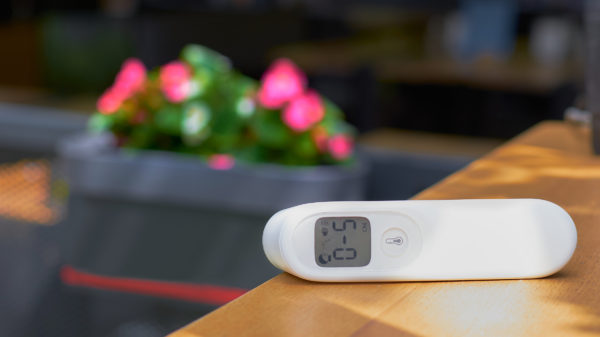





















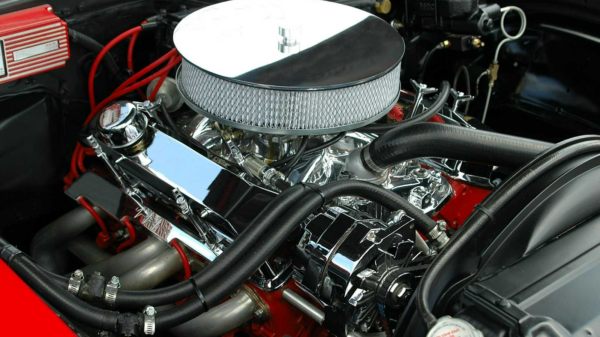
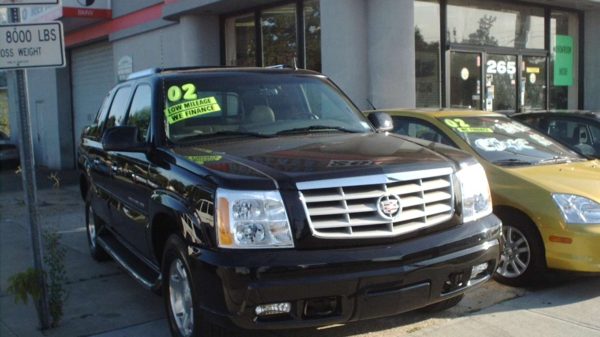
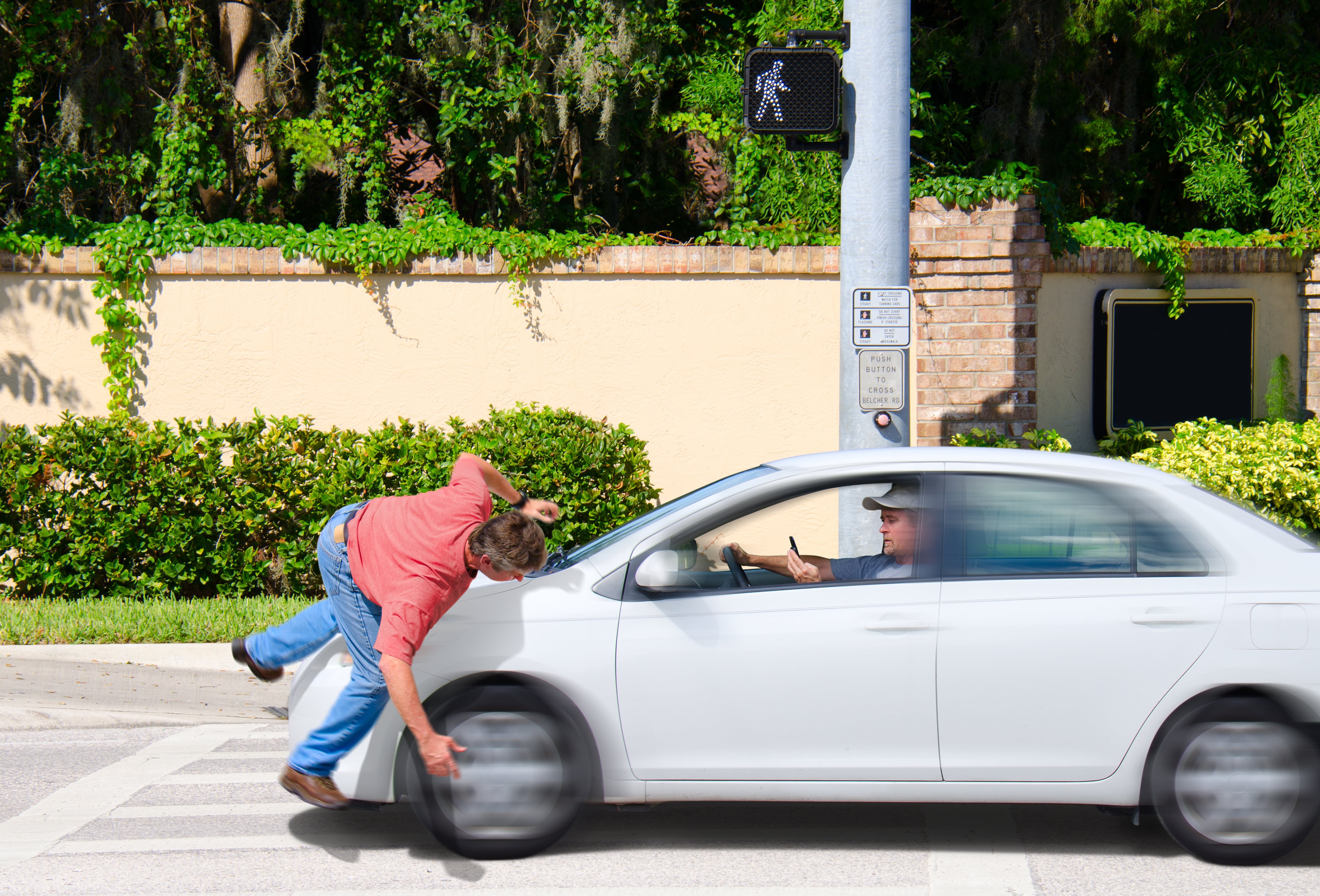







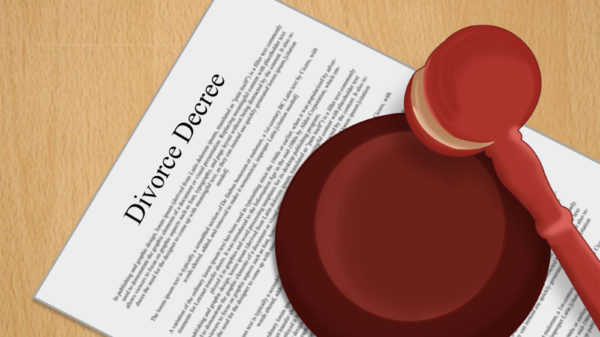



























You must be logged in to post a comment Login